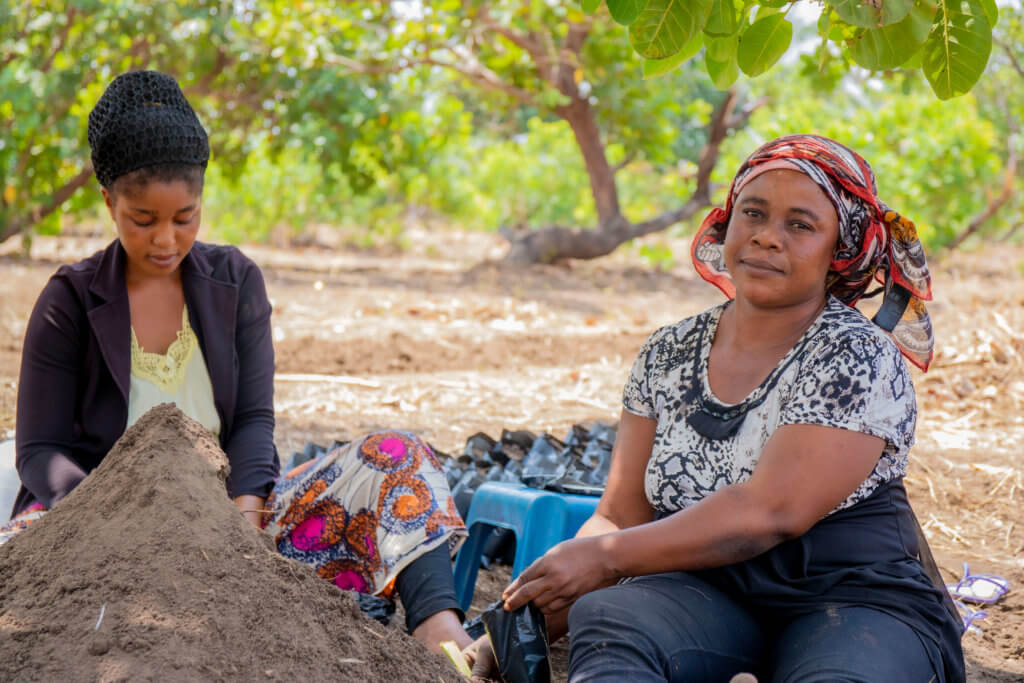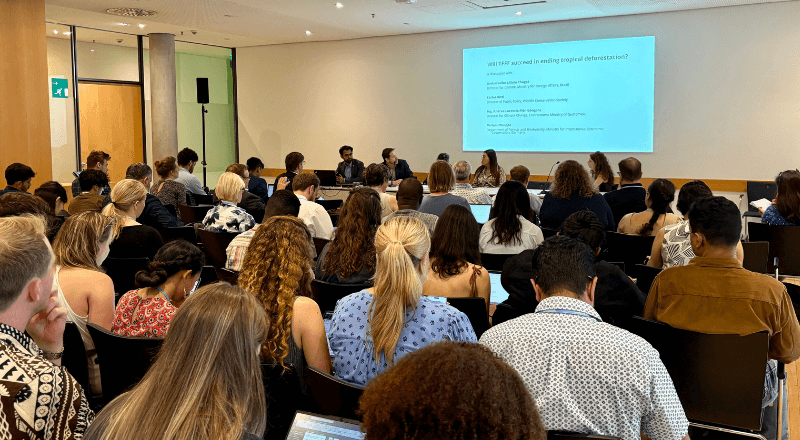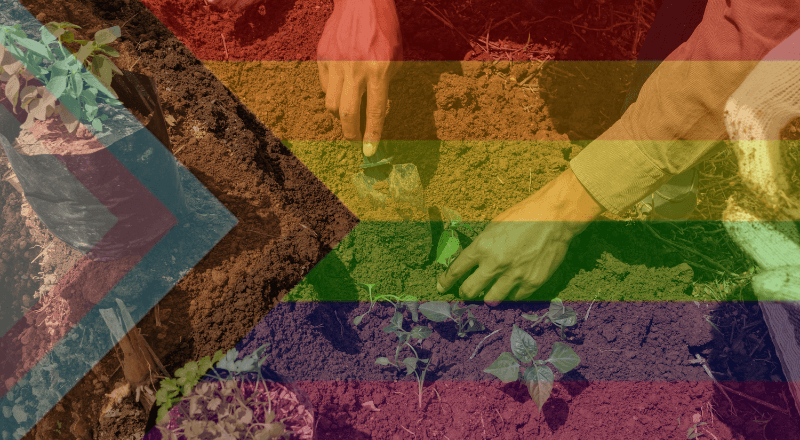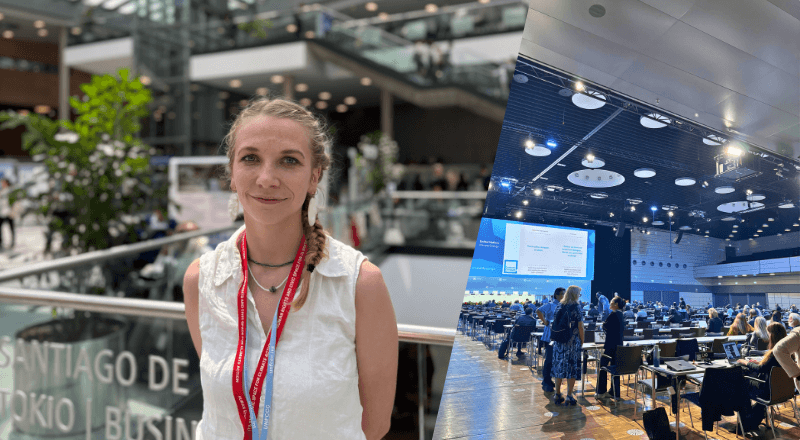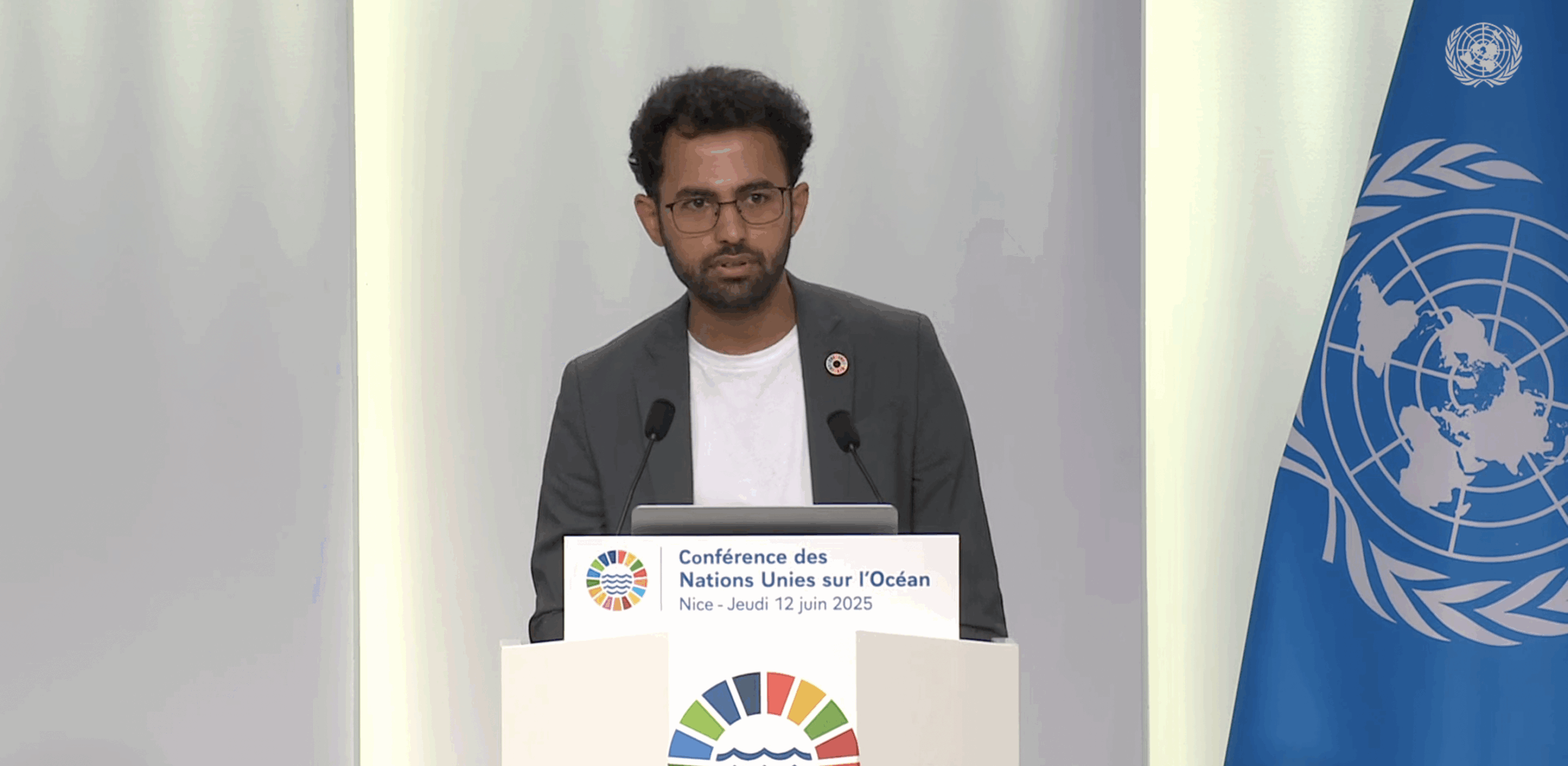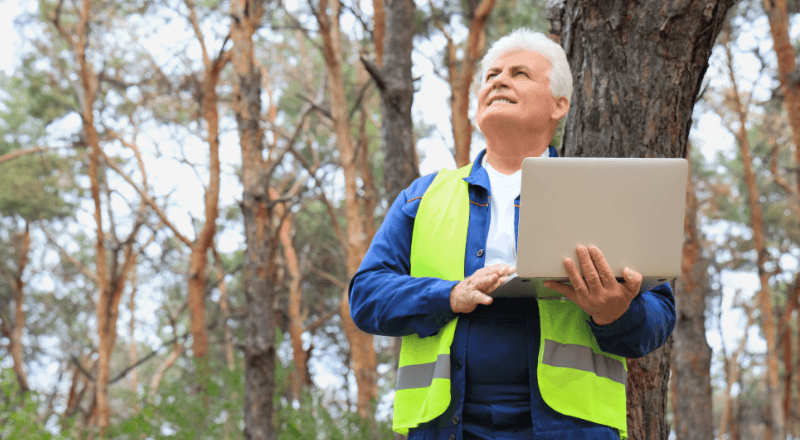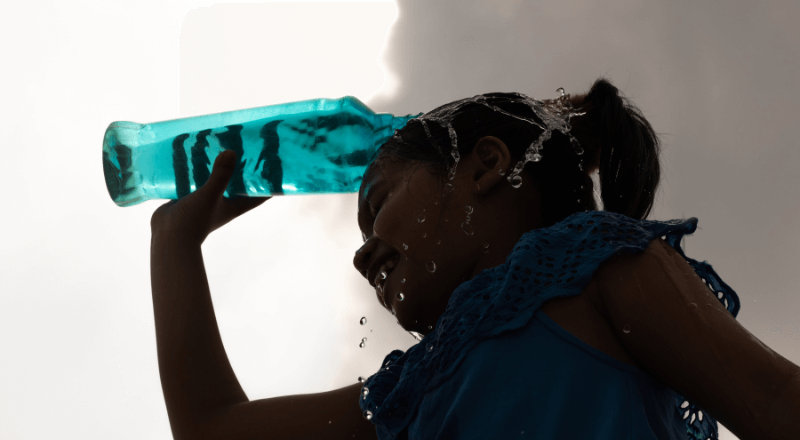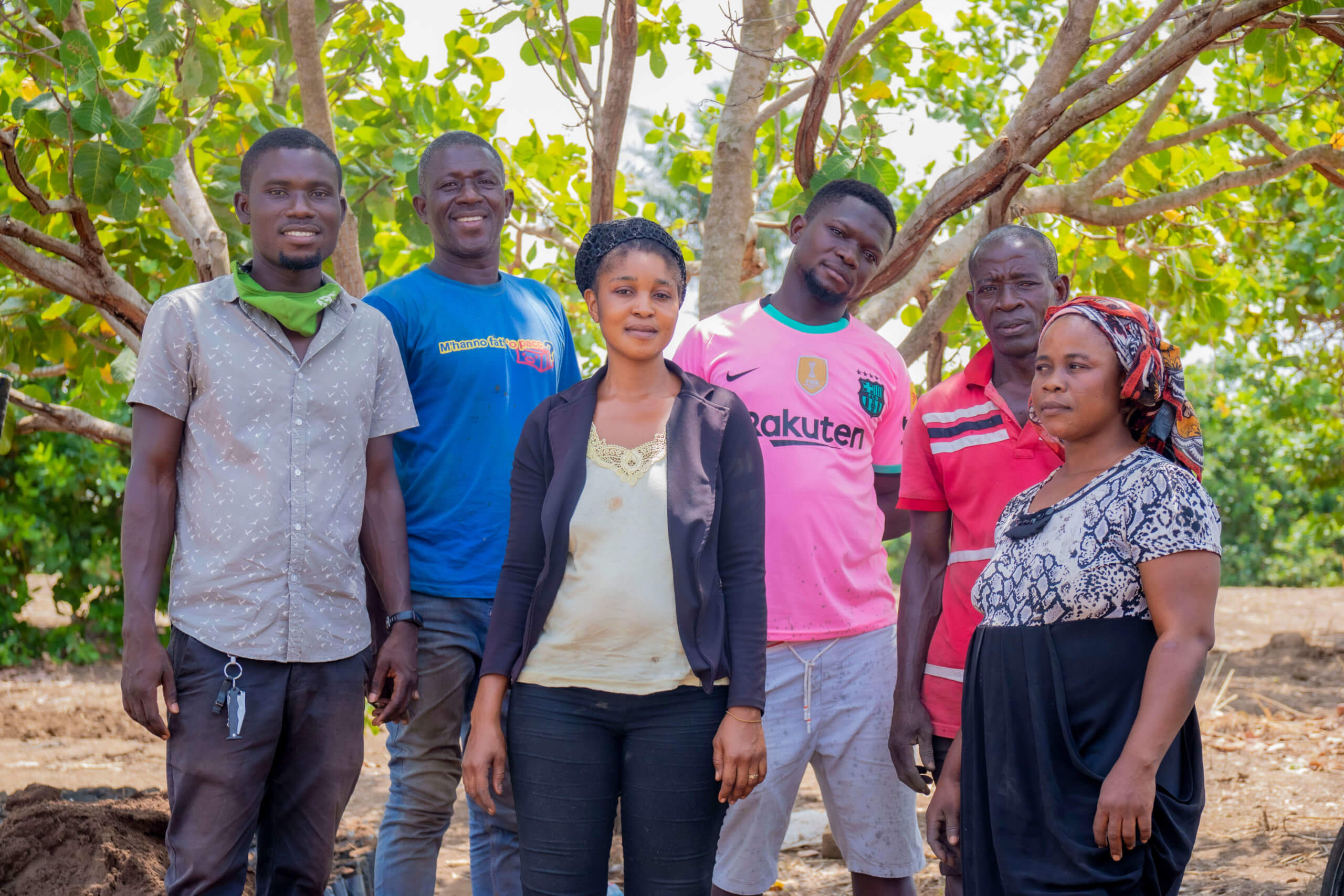
July 25th, 2021 marked the day when the very first tree of Plant-for-the-Planet Ghana was finally planted: The first tree of 10 Million that will one day be planted in the Northern Savannah Ecological Zone of Ghana. The festive ceremony was attended by the Chief and members of the local community in Banpewa.
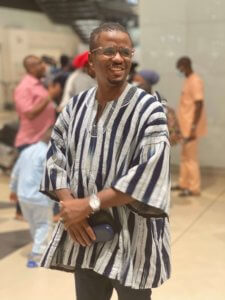
Plant-for-the-Planet Ghana
The head of the Plant-for-Ghana project is Mohammed, who became active at Plant-for-the-Planet as a Climate Justice Ambassador 10 years ago, representing our mission at UN Climate Change Conferences and being a member of our Global Board. In February 2020, he decided to initiate a restoration project in his home country Ghana, following the example of the restoration project in Yucatán, Mexico, to stop the ongoing destruction of the ecosystem of the Northern Savannah.
In this interview, Mohammed shares some more insights about the project and tells us about the first planting season.
How do you describe in just a few sentences what makes Plant-for-Ghana so special?
Well, we’ve developed a hybrid pioneer reforestation project that employs two different approaches: Planting of native species and planting of agroforestry species. In doing so, we seek to support sustainable food production and food security, animal welfare and biodiversity protection, landscape management and flood preparedness.
Furthermore, Plant-for-Ghana creates green jobs and beekeeping for women and young people, raises biodiversity awareness among local people, serves as a data bank for further studies and research for students, researchers, policy makers and biodiversity enthusiasts within and beyond the country. And last but not least, the restoration project serves as a habitat for animal species and a bridge for the desertification gap in the Northern Savannah Ecological Zone of Ghana.
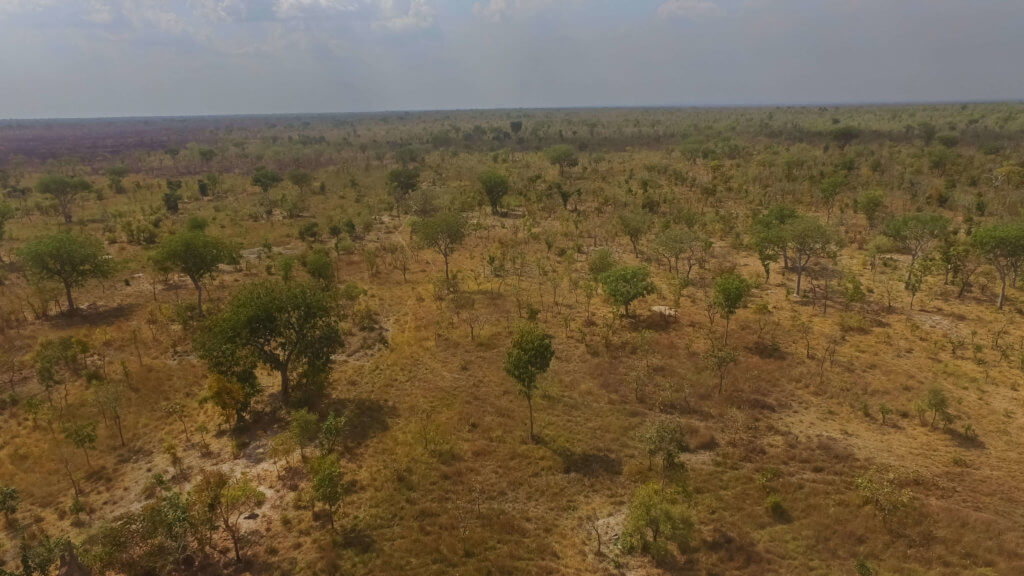
That is truly impressive! So, in order to achieve all this and, above all, to be able to plant trees, the first step is to grow healthy and strong seedlings. How do you proceed with this?
Well, the right nursery design is crucial for the success of high-quality seedling development. There are two key environmental factors that drive successful germination and seedling growth: light and alternating temperature regimes. The physical environmental factors that affect successful seedling development taken into consideration during our feasibility studies were: accessibility, climate, topography, availability of water resources, communication and the nursery layout.
Our nursery was designed and built on ground taking into consideration the above factors. It’s located within good reach of the Black Volta River in order to secure a permanent supply of water. It is essential for seedling distribution, accommodation and office administration to have communication facilities, hence, a total land area of one hectare has been secured for the nursery establishment, office and accommodation.
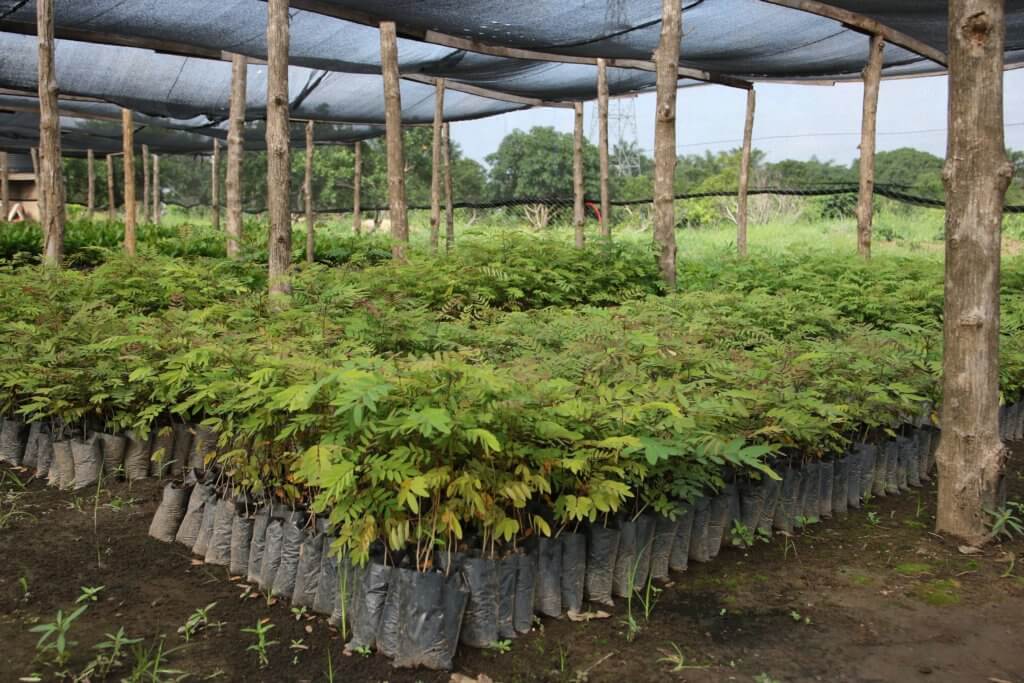
Please tell us more about the very first planting season, which started in July 2021. Did you face any particular challenges?
First of all, I am very proud to say that we planted an incredible 14,057 seedlings in 2021. That was really a great feeling and the team has done a great job in working closely together to plant that amount of trees. But of course, not everything worked out as expected. You simply can’t plan certain things in advance, such as the changing weather conditions as a result of the climate crisis:
Heavy rains and irregular patterns were recorded by the Meteorological Agency in Ghana and the rainy season was expected to last up to November; normally, the rainy season in the Northern parts of Ghana only lasts up to September. On August 17th, 2021 we paused planting due to water taking some parts of the cleared and demarcated area as a result of heavy rains experienced.
The area affected by the flooding was about 50 hectares out of 82 hectares of the demarcated and cleared area ready for planting. The project management has then decided to continue with the planting on September 7th, 2021 by clearing and demarcating a new 50 hectares area on some identified part of the land where there was no flood with good topography. As the rains would be longer, planting early would help the trees adjust to the new home with more rains.
But the good news is that the area, where seedlings were already planted, has the right amount of water needed by the seedlings as that area doesn’t hold more water due the topography of that part of the land.
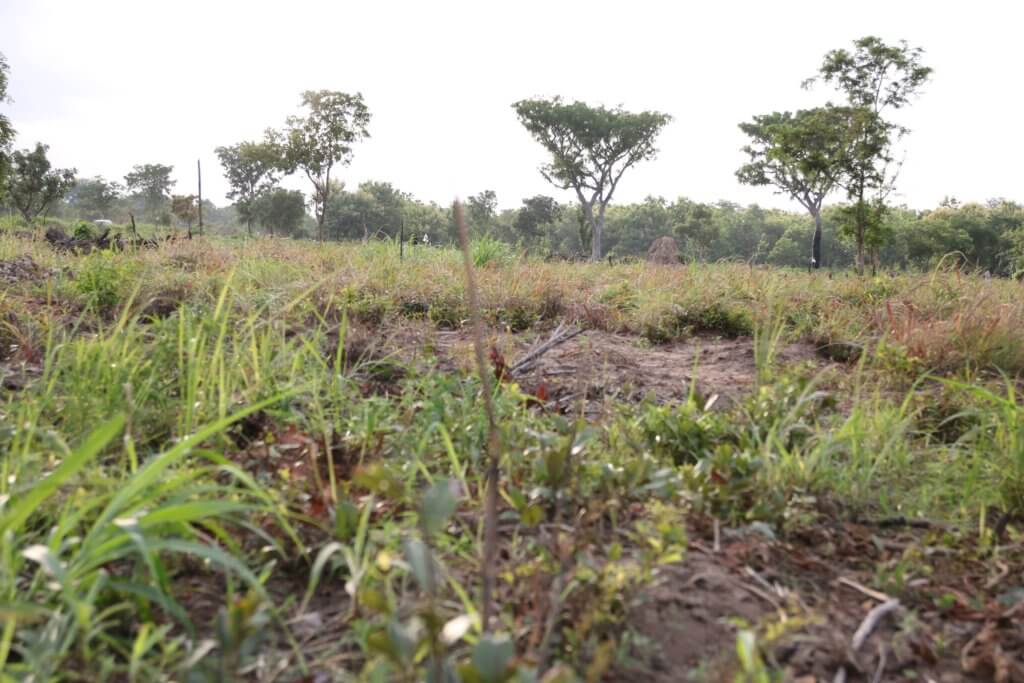
That really sounds like an exciting first phase! So, what actually happens during the period when planting is not possible?
This is the so-called maintenance phase: Regular control of the plants (assessing growth, checking for diseases or insect caused damage, etc.) and monitoring is crucial. Therefore, we have permanent control posts on site by means of control tours by security personnel and we use drones for day and night protection against thieves and destroyers. Another important task is the creation of fire belts and the training to fight fires close or within the restoration area if needed.
Thank you for these impressive insights, Mohammed! Now you are certainly already in the planning for the planting season 2022. Can you give us a little sneak preview on that?
Thankfully, planning for the 2022 season has been advanced with the nursery relocation and also building of platforms to raise the seedlings on. These platforms were considered keeping in mind the nursery workers’ health as they won’t have to bend down and work on seedlings in the nursery which could affect their waist.
The 2022 season would have 35,000 seedlings raised and that includes 8 species, 2 agroforestry and 6 native species of different quantities. I am happy to say that all the 35,000 seedlings plus beat up quantities have been successfully nursed and are already germinating. It is a good feeling for the nursery team to see the seedlings start germinating and growing.
You can also help Ghana grow!
Donate now to Plant-for-Ghana and join their amazing goal to plant 10 Million trees in Ghana: www1.plant-for-the-planet.org/plant-for-ghana
